I am trying to set up my first Eurorack performance case and I am struggling with thinking about doing a final output mixer. I have been reading the Patch & Tweak [1] book and was surprised to see references to using external analog console/performance mixers. In the section on recording (p. 85) the authors use the Soundcraft Signature 12 MTK as an example and also make reference to the profile on Hataken and his use of the Roland MX-1 (p. 108-110).
The surprise is due to the fact that I have heard multiple mentions in the Why We Bleep [2] podcast that people using console mixers want to replace that functionality with something in the case. Additionally, even Hataken mentions that he would prefer to have a Eurorack mixer to take the place of the MX-1.
I am already aware that the audio signal levels are way hotter voltage-wise coming from Eurorack. However, my first set of questions are:
- Can you still plug directly from the last output in a Eurorack audio signal chain into an external analog mixer?
- Is it just a matter of making sure the mixer has analog gain level that can be turned way down or are people still using come kind of Eurorack module to convert the audio signal to line level before sending it to the external analog mixer?
- If this works, is it as simple as using a cable with 3.5mm on one end and 1/4" on the other?
My second question is just the more general one: does anyone see mixing outside a Eurorack case as more than just a total nuisance? The reason an analog mixer is so attractive is because mixing is A) super important, and B) something that seems hard to justify rack space to when I am working on my first case. For the former point, it would be nice to have some mix capabilities beyond just volume and panning. EQ and sidechaining, for example. On the latter point (B), consider that some of the performance mixers that get a lot of praise are things like the Befaco Hexmix with its Hexpander or the WMD Performance Mixer. But those would take up 40 HP (WMD) to 56 HP (Befaco). In addition to off-loading the rack space, those other mixers would be cheaper, too, which is a big consideration.
Finally, I'll also mention that I have been reading other comments here on MG in response to other first-timers [3] that when getting started it is unwise to ditch one's current gear [4]. I have a couple of Volcas and an old GM Yamaha keyboard that I'd like to integrate alongside the Eurorack. It seems this would be another area where the external mixer might shine.
Anyway, I'm just trying to take advantage of this great community and here from everyone's experience about the things you can't possibly know without experience. Thanks in advance.
Here's the references for any other new folks like me:
[1] https://www.pushturnmove.com/products/patch-tweak-exploring-modular-synthesis
[2] https://www.whywebleep.com/whywebleep/
[3] https://www.modulargrid.net/e/forum/posts/index/2913
[4] https://www.modulargrid.net/e/forum/posts/index/3022


